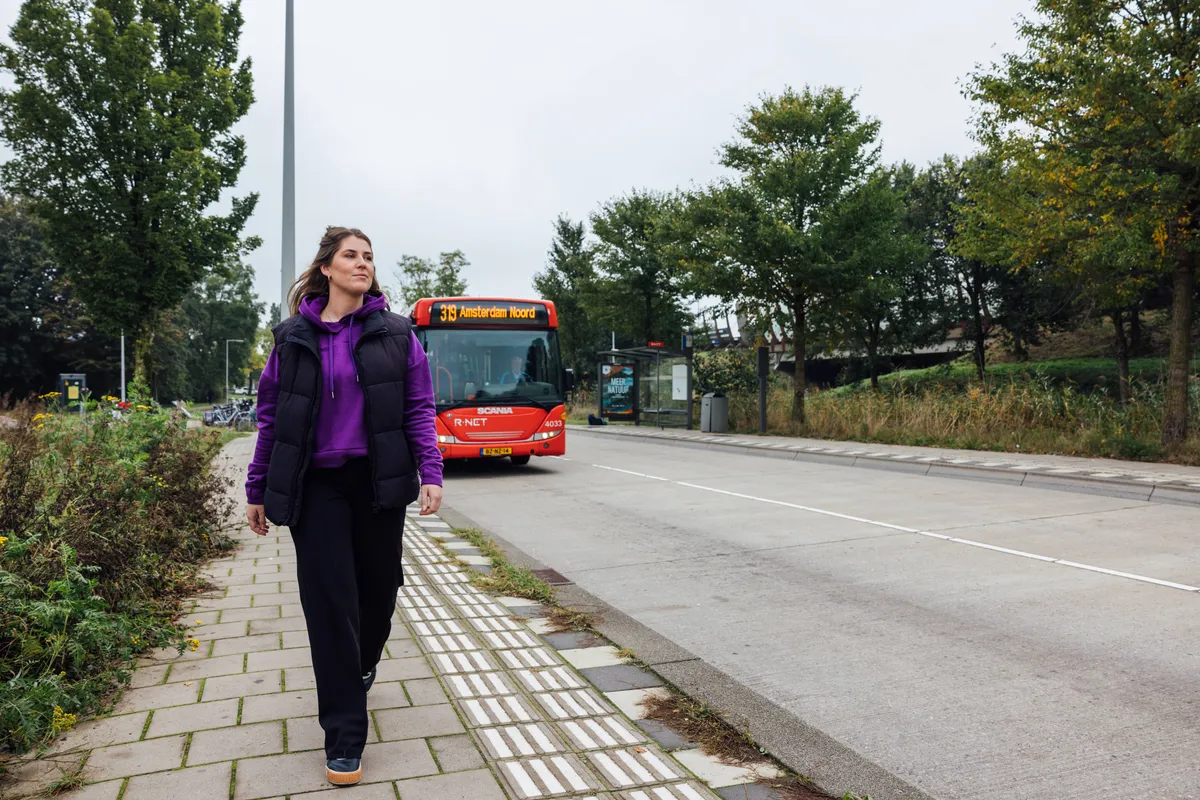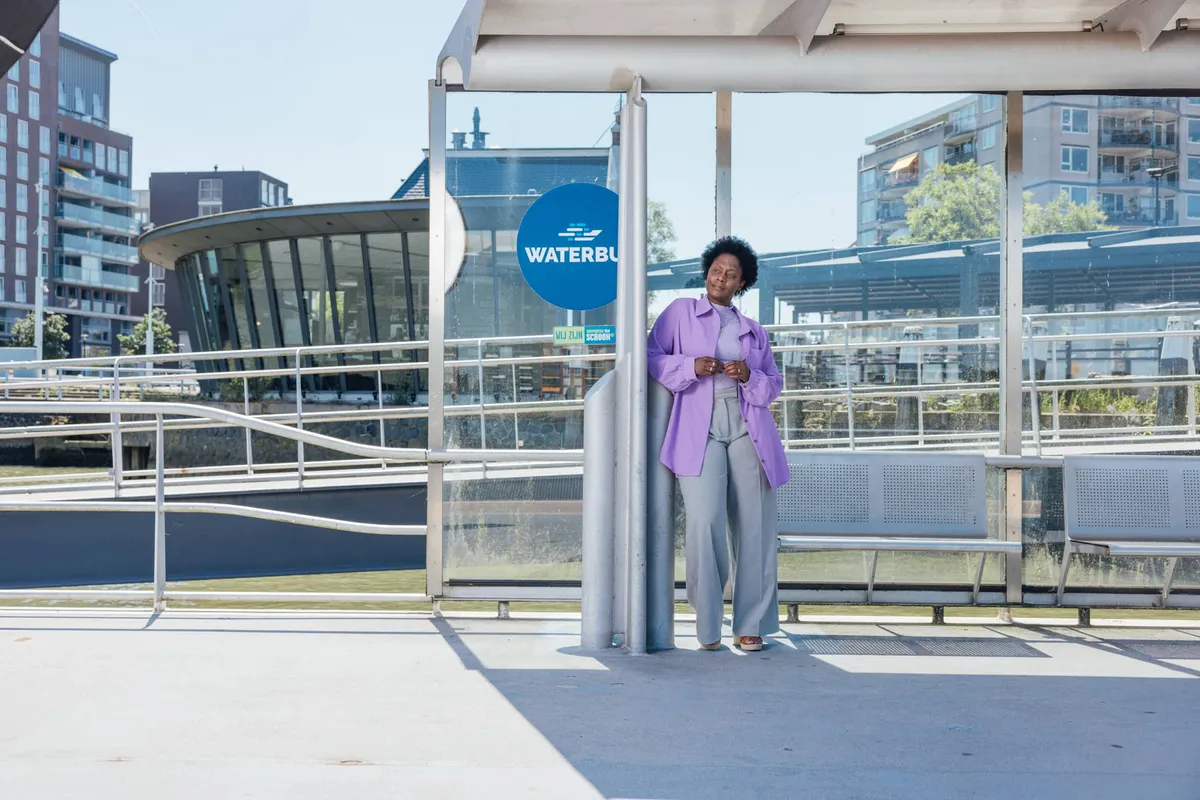
Calculate and display complete travel advice options within the Netherlands
Implement wherever you want (interactive website, app, HR system, or your own software)
Independent travel information for all means of public transport

Are you building an interactive website or app? And do you want to use public transport travel information?
The 9292 Reisadvies API gives you the ability to build your own national travel planner, allowing travellers to plan a trip on your website or app. You can also use it for HR applications.
Contact usCalculate and display complete travel advice options
The 9292 Reisadvies API is used to calculate and display complete travel advice options, which are adjusted based on real-time changes in public transport.
You can implement the 9292 Reisadvies API in various ways. For example, on an interactive website, or an app where your user can plan a trip with public transport, shared mobility, and/or transport on request. But you can also use the 9292 Reisadvies API for HR applications. For example, by implementing the API in the software that your company uses. Contact us for the necessary information!
Contact us

Options of the 9292 Reisadvies API
Personal preferences - The 9292 Reisadvies API takes into account personal preferences of the person planning the trip. Among other things, the traveller can set the following preferences:
Maximum distance for walking and/or cycling
Walking speed and cycling speed
A fixed starting point (stop/station)
Walk less
Look and feel - You can decide how you want to implement the 9292 Reisadvies API. You can adjust it to fit your corporate identity.
Travel expenses - The 9292 Reisadvies API calculates the travel expenses for each travel advice option. The user will know what the journey will cost. You can choose if you want to show this on your website or app or not.
Independent travel advice - We do not favour a specific means of transport. We show the fastest route available with either train, bus, tram, metro, or ferry. The user will be able to personalise the advice by indicating a preference in modes of transport.
Map - If necessary, we can also show the route on the map.
Enter beginning or end point - Set a beginning or end point in advance. This way, the user does not have to worry about this later on.

More information?
9292 Locaties API as an addition to the 9292 Reisadvies API
Extra information for rental vehicles
The 9292 Reisavies API will give you travel advice with walking directions to a suitable and nearby rental location. By adding the 9292 Locaties API to this, more information becomes available, such as:
Information about rental locations per departure location or destination.
The details of a rental location (including opening hours and the number of available vehicles).
Real-time information on the current availability of bicycles is accessible through the 9292 Locaties API.
Additional documentation Locaties API (pdf)